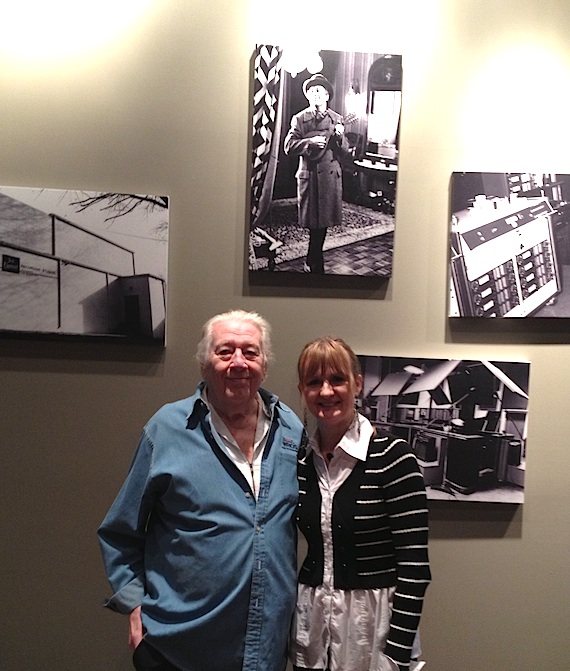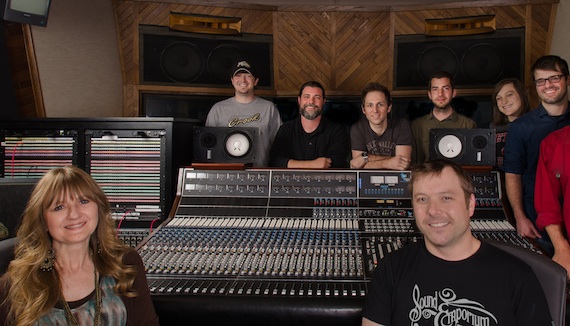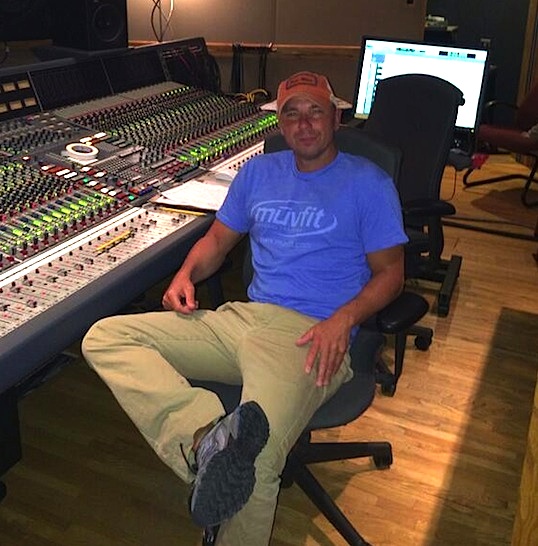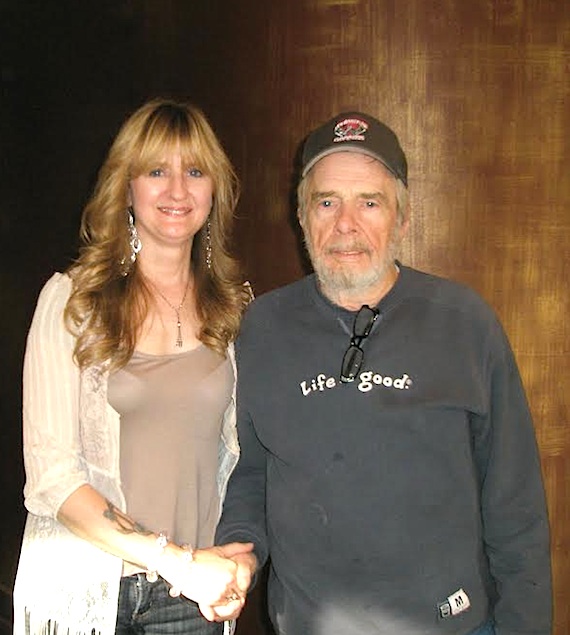

“Cowboy” Jack Clement and Sound Emporium studio manager Juanita Copeland.
Sound Emporium, located on Nashville’s Belmont Boulevard, is the former home of Country Music Hall of Fame member “Cowboy” Jack Clement, who ran his recording studio and business from his home for decades after opening Jack Clement Recording Studios in 1969. In addition to Clement, who died last year at age 82, a lengthy list of artists including Johnny Cash, George Jones, Alan Jackson, Kenny Rogers, Dottie West, Keith Whitley, Kenny Chesney, and more have recorded at the studio. In 1979, the studio was sold and its name changed to Sound Emporium.
Garth Fundis purchased the studio in 1992, and the facility enjoyed successful recordings from Trisha Yearwood, Sugarland, Patty Griffin, Willie Nelson, and more. In 2010, George Shinn, former owner of NBA franchise the New Orleans Hornets, purchased the studio. In 2012, he added Chad Shinn as president and CEO of the studio. Former studio manager Juanita Copeland was brought back on board.
MusicRow caught up with Copeland to discuss the studio’s future, and why the Sound Emporium has become the recording home of choice for hundreds of artists.
Given that other studios in the Nashville area have been threatened by development and the possibility of being demolished, do you see that happening to the Sound Emporium?
We are fortunate to be in Hillsboro/Belmont area, and there are zoning restrictions. I could not be more proud to be here. Part of progress is building, but we don’t have to worry as much about it. They could sell it, but an individual who appreciates the history of the place owns the building. That’s why [George Shinn] chose to buy it in the first place.
We got a call just last month asking if the building was for sale. [Shinn] doesn’t even want to see the offers. He just says no.

Sound Emporium staff
Talk about getting a historical marker to commemorate Jack Clement Recording Studios in 2013.
The Music Row area marker commemorating the life and career of Owen Bradley inspired me. I thought we should do something similar for Cowboy. They’re really not supposed to do it before a building is 50 years old, but they made an exception, because time was of the essence. Cowboy did not do treatment [after his diagnosis]. He wanted to live out his life here.
We had to send mountains of proof in order to get the historical marker approved. They didn’t know about Jack and his legacy, so educating them was a big part of the process.
I took a mock-up of the historical marker to Cowboy and he approved. Cowboy had a handful of friends who took him to his studio and his old haunts around Nashville.

Kenny Chesney in the Sound Emporium studio, working on his The Big Revival album.
The studio obviously has a long history. What keeps artists returning?
Privacy is very important, as is atmosphere. When Bob Dylan was here, we said it was a famous female singer from New York. We don’t tell when people are here. Robert Plant and Alison Krauss booked the studio for the privacy when they recorded the 2007 Raising Sand album. One rule is we don’t talk until the artist talks. If an artist is here and sends out something about recording here on social media or something, then we can. Kenny Chesney recorded his latest album here, and we waited until he put something out before we told anyone.
If a client has a technical problem, I want everyone to know how to answer their questions intelligently. They start out as a receptionist, help tear down and set up. But everyone there is an engineer, except me. Making people comfortable is a big deal. We are a small staff, so we are like family.
If people walk into a room and feel the creativity, they will come back. Either you have the vibe or you don’t. Cowboy did things differently with Jack Clement Recording Studios, and we continue that legacy.

Sound Emporium studio manager Juanita Copeland with Merle Haggard.

About the Author
Jessica Nicholson serves as the Managing Editor for MusicRow magazine. Her previous music journalism experience includes work with Country Weekly magazine and Contemporary Christian Music (CCM) magazine. She holds a BBA degree in Music Business and Marketing from Belmont University. She welcomes your feedback at jnicholson@musicrow.com.View Author Profile


